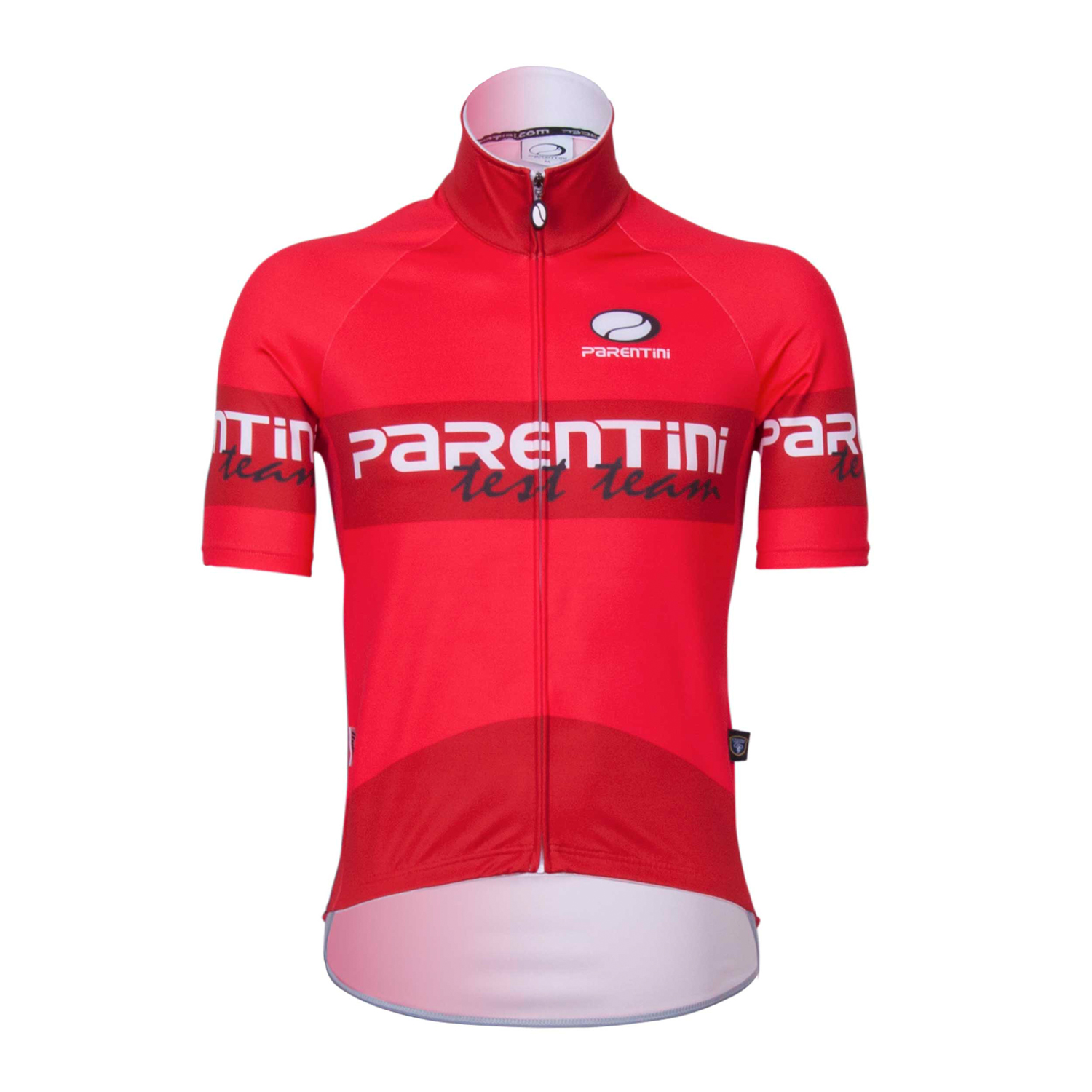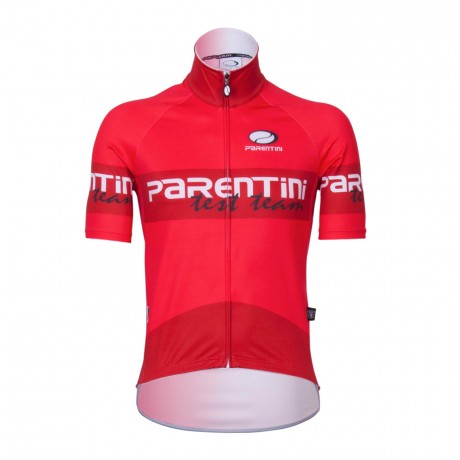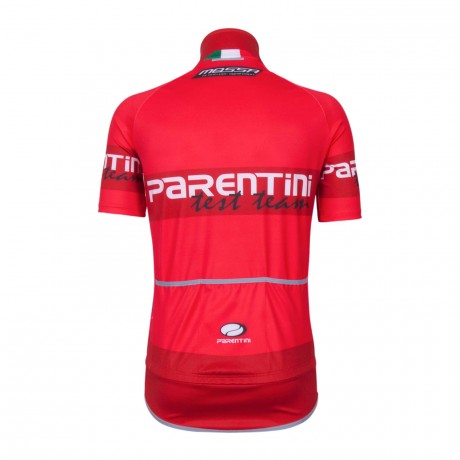MOSSA WINDTEX SHORT SLEEVES
TECHNICAL SHEET
Rider who consider using the Mossa as a winter garment would need to consider the following :
a. The rider needs to ride keeping a relatively high speed in order to produce sweat, if the body does not sweat, the Mossa will not be able to perform as designed to do.
b. The rider needs to know his body heat values, the Mossa can be used from a range of temperature of sub-Zero to 12 deg, depending on how cold, riders can use light or heavy base layer.
c. Tight close Fit of the MOSSA is essential for it to function.
The Mossa performs better if worn close as the contact between the body and the fabric is essential to transmit the sweat from the skin to the membrane. Once the sweat arrives into the membrane, the Mossa will act as THERMOREGULATOR.
The WINDTEX membrane absorbs the SWEAT, and use it as a shield, WINDTEX gets wet and evaporates, it remains warm and, at the same time, it guarantees You an optimum BREATHABILITY.
A traditional winter fabric, with PILE or similar fabrics, keeps the moisture and the sweat .The fabric used for the MOSSA is made up of a microfiber highly hydrophilic that carries the SWEAT to the membrane and trough this get evaporate. The WINDTEX is WATERPROOF AND WATEREPELLENT thanks to the HYDRO treatment that you have on the External fabric.
MOSSA WINDTEX SHORT SLEEVES
ART. C519
“MOSSA” JACKET WINDTEX STORM SHIELD SHORT SLEEVES JACKET
WINDBREAKER-WATERPROOF-BREATHABLE - WATEREPELLENT WITH “HYDRO” TREATMENT - WITH THREE REAR POCKETS
86% POLYESTER
14% ELASTANE
POLYESTER MEMBRANE WINDTEX INSIDE
APPLICATIONS
WINDBREAKER-WATERPROOF-BREATHABLE - WATEREPELLENT WITH “HYDRO” TREATMENT - WITH THREE REAR POCKETS
86% POLYESTER
14% ELASTANE
POLYESTER MEMBRANE WINDTEX INSIDE
APPLICATIONS
- With a fourth rear pocket with zip (on request)
- Without the rear final part (on request)



